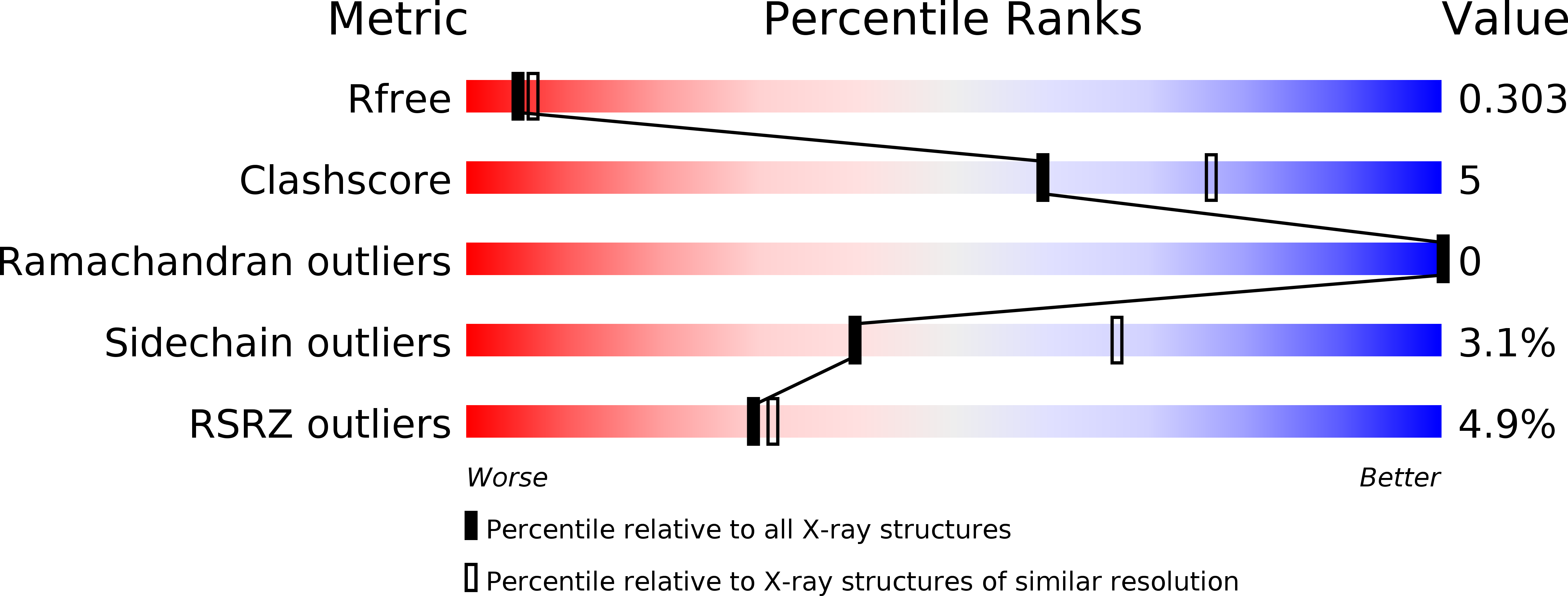
Deposition Date
2009-05-20
Release Date
2010-05-26
Last Version Date
2023-11-01
Entry Detail
PDB ID:
3A2H
Keywords:
Title:
Crystal structure of the rat vitamin D receptor ligand binding domain complexed with TEI-9647 and a synthetic peptide containing the NR2 box of DRIP 205
Biological Source:
Source Organism:
Rattus norvegicus (Taxon ID: 10116)
Homo sapiens (Taxon ID: 9606)
Homo sapiens (Taxon ID: 9606)
Host Organism:
Method Details:
Experimental Method:
Resolution:
2.50 Å
R-Value Free:
0.30
R-Value Work:
0.22
R-Value Observed:
0.23
Space Group:
C 1 2 1


